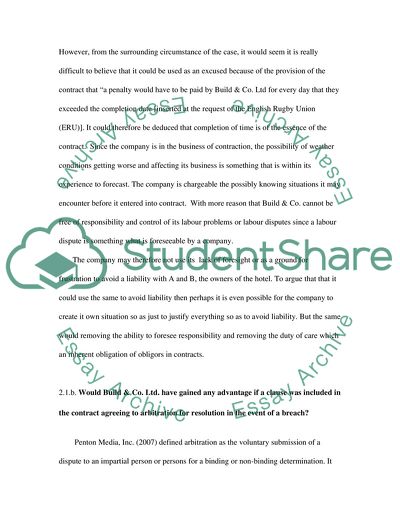Cite this document
(Build and Co Ltd Assignment Example | Topics and Well Written Essays - 3000 words, n.d.)
Build and Co Ltd Assignment Example | Topics and Well Written Essays - 3000 words. https://studentshare.org/law/1710116-na
Build and Co Ltd Assignment Example | Topics and Well Written Essays - 3000 words. https://studentshare.org/law/1710116-na
(Build and Co Ltd Assignment Example | Topics and Well Written Essays - 3000 Words)
Build and Co Ltd Assignment Example | Topics and Well Written Essays - 3000 Words. https://studentshare.org/law/1710116-na.
Build and Co Ltd Assignment Example | Topics and Well Written Essays - 3000 Words. https://studentshare.org/law/1710116-na.
“Build and Co Ltd Assignment Example | Topics and Well Written Essays - 3000 Words”. https://studentshare.org/law/1710116-na.


